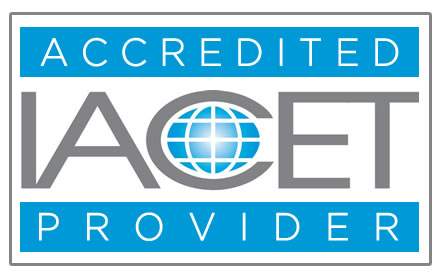Photovoltaic Project Analysis
This course describes photovoltaic systems (PV modules, batteries, power conditioning, generators, and pumps) and discusses the photovoltaic markets including on-grid, off-grid and water pumping applications.
In this course calculation methods used for PV project modelling have been shown in detail. The tilted irradiance calculation algorithm and the PV array model are common to all applications. The tilted irradiance calculation uses an hourly model extended to take into account tracking surfaces. The PV array model takes into account changes in array performance induced by ambient temperature. The On-grid model and the Water pumping model are relatively simple models based on assumed average efficiencies. The Off-grid model is more complex and allows for a distinction between matched, continuous and intermittent loads which may have an influence on the amount of energy going through the battery.
This course is suitable for engineers with a desire to understand the fundamentals of setting PV project. Presented details cover issues related to technical and financial implementation and exploitation of PV systems. Upon successful completion engineers will be able to address PV terms, methods of operation and how to set up detailed technical and financial feasibility model.
This course describes photovoltaic systems (PV modules, batteries, power conditioning, generators, and pumps) and discusses the photovoltaic markets including on-grid, off-grid and water pumping applications.
In this course calculation methods used for PV project modelling have been shown in detail. The tilted irradiance calculation algorithm and the PV array model are common to all applications. The tilted irradiance calculation uses an hourly model extended to take into account tracking surfaces. The PV array model takes into account changes in array performance induced by ambient temperature. The On-grid model and the Water pumping model are relatively simple models based on assumed average efficiencies. The Off-grid model is more complex and allows for a distinction between matched, continuous and intermittent loads which may have an influence on the amount of energy going through the battery.
This course is suitable for engineers with a desire to understand the fundamentals of setting PV project. Presented details cover issues related to technical and financial implementation and exploitation of PV systems. Upon successful completion engineers will be able to address PV terms, methods of operation and how to set up detailed technical and financial feasibility model.
| Learning Objectives | This continuing education course is intended to provide you with the following specific knowledge and skills:
|
|---|---|
| Contact Hours | 6 Horas |
| CIAPR courses | CURSO TECHNICO |
| Instructor | Velimir |
| Devices | Desktop, Tablet, Mobile |
| Language | English |

IACET ACCREDITED PROVIDER
|
Self Learning Solutions LLC is a company with more than 14 years of experience in this market. At Self Learning Solutions we are proud to have obtained the IACET accreditation for our organization, along with the approvals necessary to market our products throughout the United States. Self Learning Solutions is accredited by the International Association for Continuing Education and Training (IACET). Self Learning Solutions complies with the ANSI / IACET standard, which is recognized internationally as a standard of excellence in instructional practices. As a result of this accreditation, Self Learning Solutions is accredited to issue the CEU IACET. |
SLSTECH System Requirements
To run our system effectively you should, as a minimum, use the system components listed on this page. If you do not, the system may still work but some functionality may be lost. Workplace IT environments' internal configurations can also restrict the functionality of our system. Access to content may be affected, as may the possibility of uploading files. File size limitations may also apply. Workplaces may also have older versions of software, and our system may not perform well with these.
Operating system
-
Recommended: Windows 7, 10, Mac OSX Sierra, iPad IOS10
Internet speed
-
Use a broadband connection (256 Kbit/sec or faster—this will ensure that you can view videos and online presentations) through USB wireless modem, ADSL, T1/T2, fibre optic or cable.
-
Dial-up access will be significantly slower, and we do not recommend it for using our system.
Internet browsers
Compatible browsers include:
-
Google Chrome 32 bit version 50 or later (recommended for optimal compatibility, this has been thoroughly tested on Windows)
Safari 10 or later (recommended for optimal compatibility, this has been thoroughly tested on Mac)
Note that add-ons and toolbars can affect any browser's performance.
-
MS Internet Explorer is not recommended
Settings
We recommend that the following be enabled:
-
Cookies
-
Pop-ups (in both Internet browser and security software)
-
Javascript
-
We recommend that you use the latest version of Adobe Flash Player.
Software
-
We recommend that you use the latest version of Adobe Acrobat Reader.
-
To view all the resources uploaded to Hazmat Authority, you will probably need to have Microsoft Office (Word, Excel, PowerPoint) or an equivalent (e.g. Open Office, Viewer) installed.
Security
With all firewalls, ensure that you enable uploading of files.






Validate your login
Sign In
Create New Account